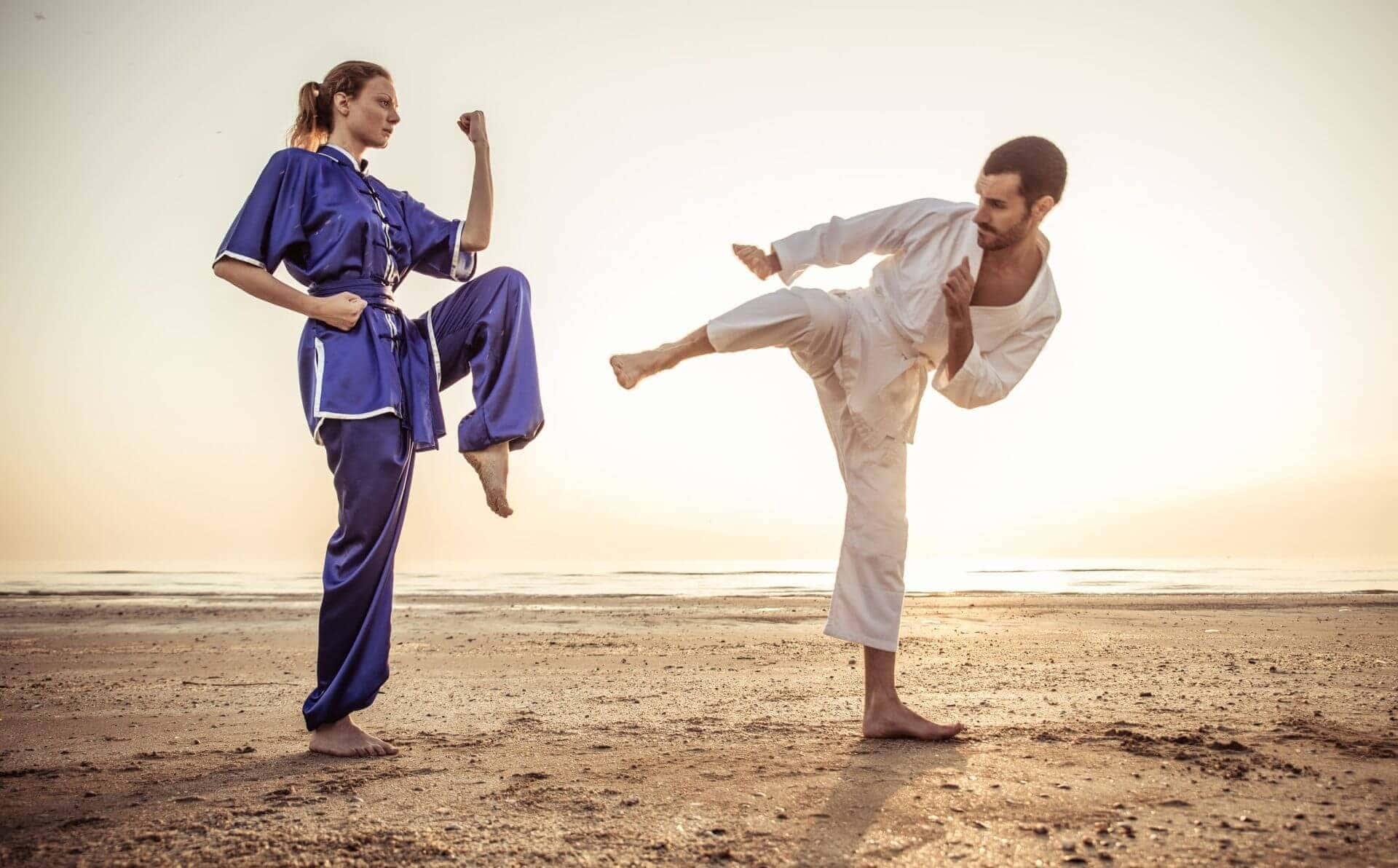In our daily lives, personal safety often remains an overlooked aspect until a critical moment arises. Many individuals navigate their routines with a passive sense of security, assuming threats are rare or distant. This comfortable but naive perspective can leave anyone vulnerable and unprepared for unexpected challenges, whether in bustling urban centers or quiet residential zones. The aim is not to foster fear, but to encourage a proactive stance on personal well-being.
The reality is that situations requiring self-defense, be it physical or verbal, can emerge without warning. These aren't always dramatic confrontations; sometimes it's just a feeling of unease or an uncomfortable interaction. Lacking the confidence to respond effectively can lead to heightened stress and a sense of helplessness, impacting one's quality of life. Preparedness offers significant peace of mind and greater autonomy.
Modern life often distances us from our innate self-preservation instincts. We frequently rely on external systems for safety, which are vital but cannot always be immediately present. This reliance can diminish our ability to assess risks and react instinctively. Cultivating an internal sense of readiness means understanding how to leverage your surroundings and capabilities, empowering you to take control. This is where SilentEchoProject's insights can be valuable.
Why Many Feel Unprepared
-
Lack of Situational Awareness: Most people are not taught to actively observe their surroundings, identify potential threats, or recognize pre-conflict indicators. This leads to a reactive, rather than proactive, posture in daily life.
-
Misconceptions about Self-Defense: A common belief is that self-defense requires extensive martial arts training or significant physical strength. This discourages many from seeking even basic, practical knowledge.
Practical Solutions for Enhanced Safety
Solution 1: Cultivating Situational Awareness
The first step in everyday self-defense, inspired by martial arts principles, is developing keen situational awareness. This means actively observing your environment, noticing people, exits, and potential obstacles. Pay attention to body language and unusual behavior. Being present and aware helps you identify potential threats long before they escalate, giving you valuable time to react or avoid. Practice scanning your surroundings constantly.
Solution 2: Mastering De-escalation and Avoidance
The most effective self-defense is often avoiding confrontation entirely. Martial arts teach discipline and control, emphasizing that a fight avoided is a fight won. Learn to trust your instincts; if a situation feels wrong, remove yourself. This might mean crossing the street, changing your route, or simply leaving a place that makes you uncomfortable. Verbal de-escalation, using a calm, assertive tone, is also key.
Solution 3: Understanding Basic Physical Principles
While extensive training isn't required, understanding fundamental physical principles from martial arts can be invaluable. Focus on maintaining balance, using leverage, and understanding vulnerable points. Simple concepts like a strong stance, effective pushing, or creating distance can make a significant difference. The aim is not to engage in a prolonged fight, but to create an opportunity to escape safely. This practical knowledge empowers you.
Potential Risks and Recommendations
-
Overconfidence: Basic knowledge can lead to overestimating one's abilities. Recommendation: Supplement theory with practical, hands-on training to build true competence.
-
Escalation: Misreading a situation or improper technique can worsen conflict. Recommendation: Prioritize avoidance and de-escalation; physical action is a last resort for escape.
-
Legal Consequences: Self-defense laws vary. Actions taken can have legal ramifications. Recommendation: Understand local laws and use force only when absolutely necessary to prevent harm.


There are no comments yet, you can be the first to leave one